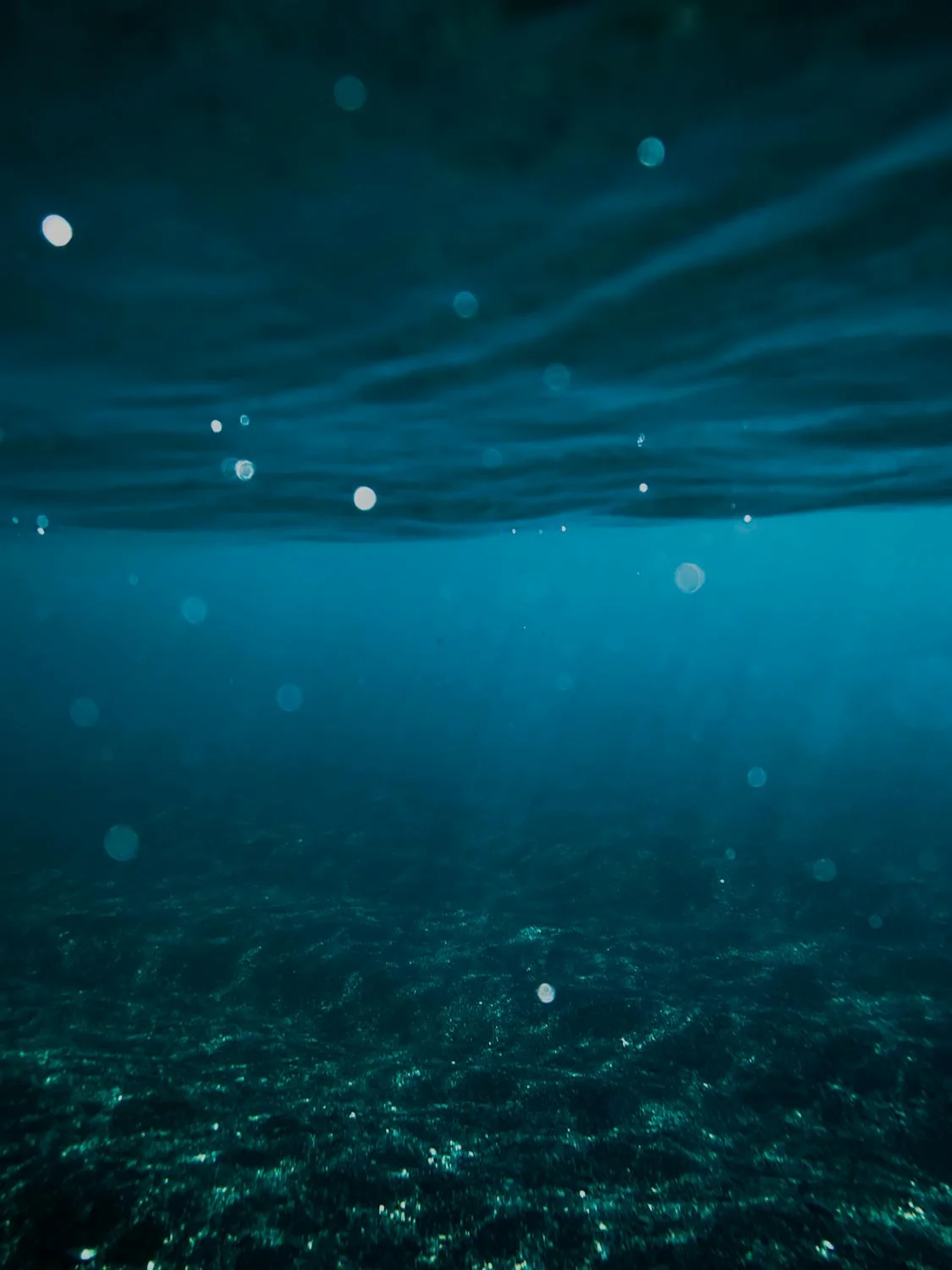Shweta Jena, Pune
A recent study published in Nature Geoscience journal shows the discovery of ‘dark oxygen’ found 13000 feet under the Pacific Ocean’s Clarion-Clipperton Zone (CCZ). This oxygen is released from rock mineral accumulation located at 13,000 feet (4000 meters), almost half Mount Everest’s height.
This discovery discloses a source of oxygen that rock minerals can produce without sunlight and photosynthesis, a widely known process of life. Andrew Sweetman, a professor at the Scottish Association for Marine Science (SAMS) and his seabed ecology and biochemistry research team conducted this research, opening avenues to further scientific research and experiments. This discovery leads to questioning previous notions and beliefs that plants, plankton and algae can only produce oxygen with photosynthesis in the presence of sunlight.
In the Clarion-Clipperton Zone of the Pacific Ocean, coal-like minerals called polymetallic nodules are the rocks responsible for creating ‘dark oxygen’ under deep sea levels. Polymetallic nodules are a combination of iron, manganese, and hydroxides, which produce oxygen by transporting electric charges and splitting water molecules around them into hydrogen and oxygen by electrolysis.
The SAMS research team studied the nodules and found that their voltage is higher than that of any general street rock, which, combined with the environmental conditions, makes them a perfect fit for producing oxygen by seafloor electrolysis.
Minerals that release oxygen in the dark waters of the seafloor could impact and change scientists’ views on the way life began on this planet. The findings provide insight into the origin of life on Earth, suggesting that there was another source of oxygen in the distant past. Before the development of photosynthesis, aerobic life, or life that breathes oxygen, may have survived.
This finding also draws attention to the need to protect ecosystems like this that self-produce oxygen. With a concentration of more than 10 kg per sq.m, mining these nodules can be economically achievable. Hence, deep ocean mining activities, which governments use to power economies worldwide, can negatively impact such ecosystems, having profound consequences. The SAMS research team has warned against such mining activities. The laws and procedures for mining these coal-like rock deposits are presently being discussed by the International Seabed Authority (ISA), which oversees the seabed in the international seas. Twenty-seven countries, 26 of which are members of ISA, have demanded a moratorium or outright ban on deep-sea mining.
